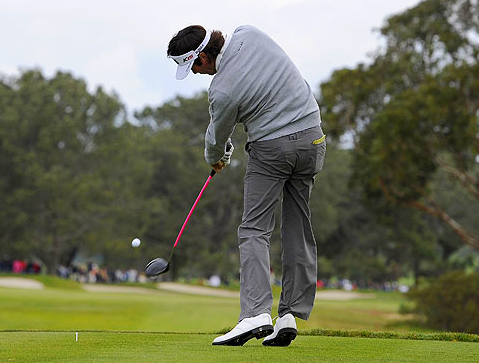How to Shallow the Attack Angle
/I teach far more golfers that hit down on the ball too much more than those that don't hit down enough. If you are one of those golfers that typically takes big divots and hits a low ball flight then stay with me....
I have found this sequence to work nicely with all golfers looking to shallow their attack angle and improve the crispness of the strike. Try the following (with either irons or driver):
- PHASE 1 - 5 drags over the top of the ball
- PHASE 2 - 5 low to high pitch style shots, keeping clubhead low in the backswing
- PHASE 3 - 5 half speed and half size swings sensing an ascending strike (even with irons)
(all shots are struck with the ball on a tee)
Another drill I like to use to help golfers learn to deliver an ascending strike with the driver is what I call the Box Drill pictured below...
Place an empty sleeve box between a teed golf ball and the target as indicated. The box should be approximately a grip length ahead of the ball. On a windy day it might be necessary to use tees to anchor the box in place. This is a costly addition to this drill!
If you can hit shots without running the clubhead into the box then chances are that you're no longer hitting down on the ball and you should see an increase in both distance and the altitude of your tee shots. Keep in mind that as you "upgrade" your attack angle, should you have an adjustable driver, you might need to alter the loft.
Thanks for reading and I hope these ideas are going to help your game. Cheers!











